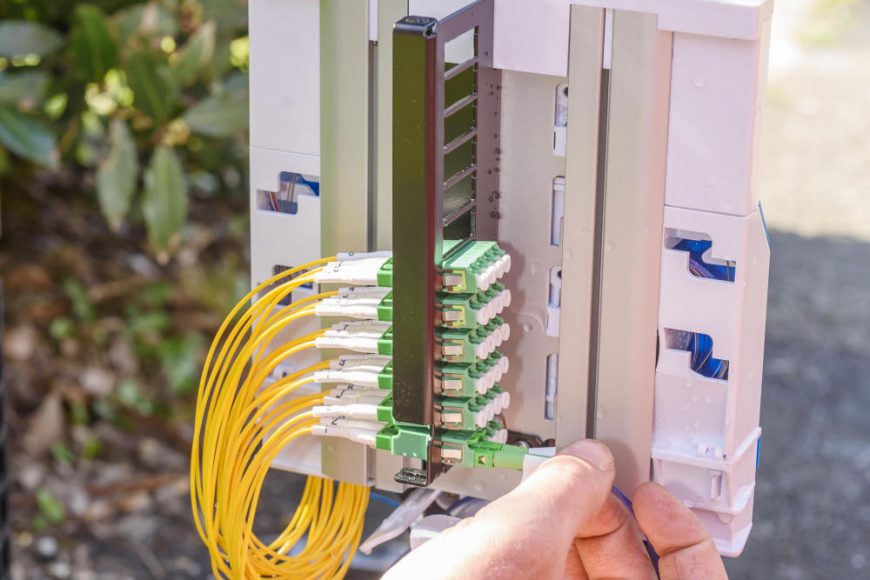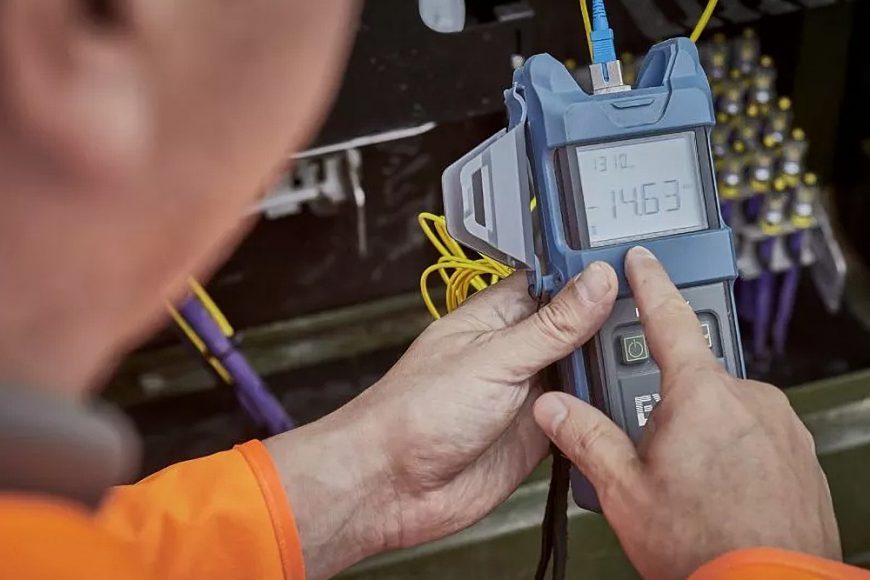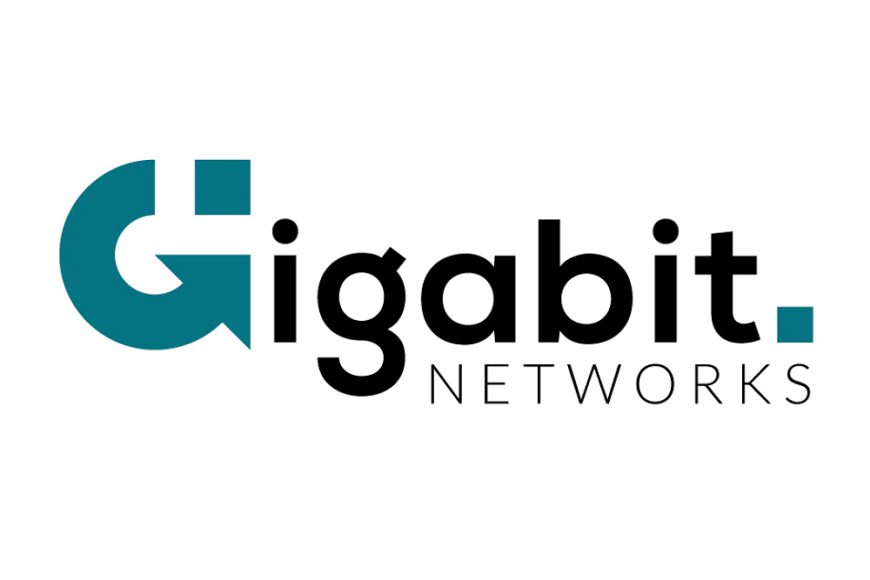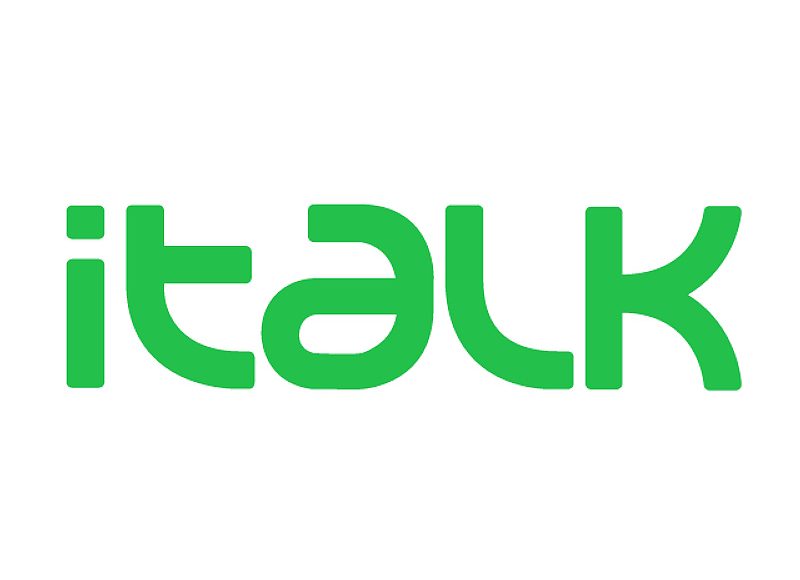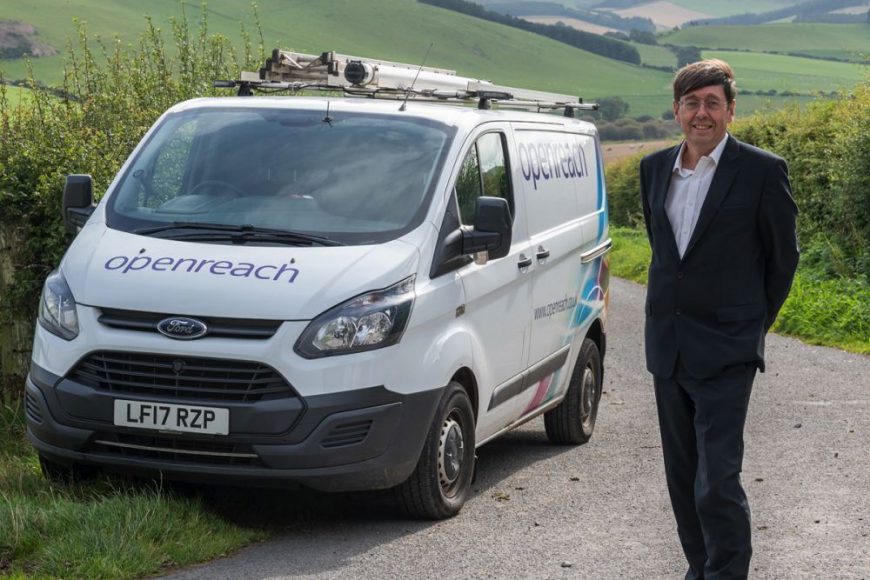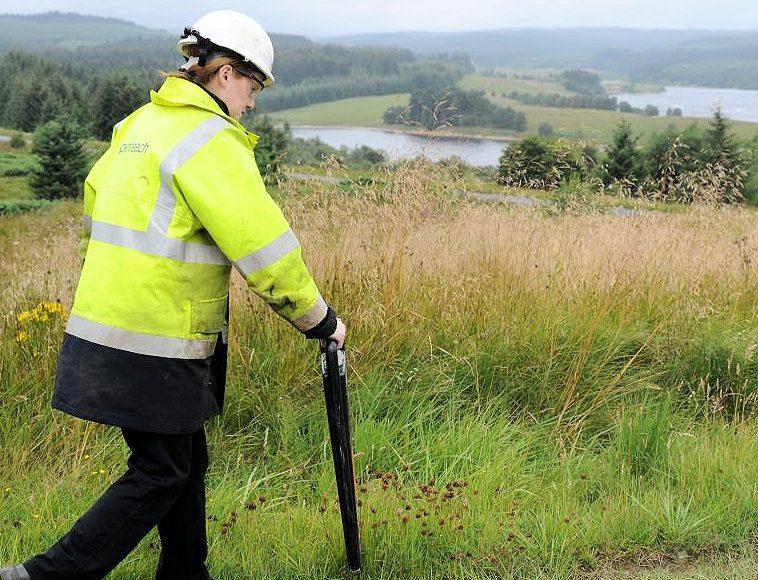Wildanet Win Gigabit Broadband Rollout Contract for Cornwall UK
The fifth contract awarded under the Government’s £5bn Project Gigabit broadband rollout scheme – worth £36 million – has today been handed to UK ISP Wildanet, which will upgrade connectivity for more than 19,250 hard-to-reach homes and businesses across rural parts of Cornwall in South West England.
At present, Wildanet is already in the process of deploying their gigabit-capable Fibre-to-the-Premises (FTTP) network – backed by an investment of £50m from the Gresham House British Strategic Investment Infrastructure Fund (BSIF) – to reach rural premises across rural parts of Cornwall and Devon (they also operate a slower fixed wireless network). But the operator has, thus far, been quite vague about how much progress they’ve made.
NOTE: Around 73% of UK premises can already access a gigabit network (c. 45% via just FTTP) – see here.
By comparison, Project Gigabit aims to extend 1Gbps capable (download speeds) networks to reach at least 85% of UK premises by the end of 2025, before hopefully achieving “nationwide” coverage (c. 99%) by around 2030 (here). Commercial investment is expected to deliver around 80% of this, which leaves the government’s scheme to focus on tackling the final 20% (mostly rural and some sub-urban areas), where the private sector alone often fails. The project is technology neutral, so it can be delivered via either “full fibre” FTTP, Hybrid Fibre Coax (HFC) or fixed wireless access (e.g. 5G), but FTTP favoured.

